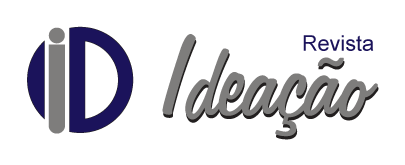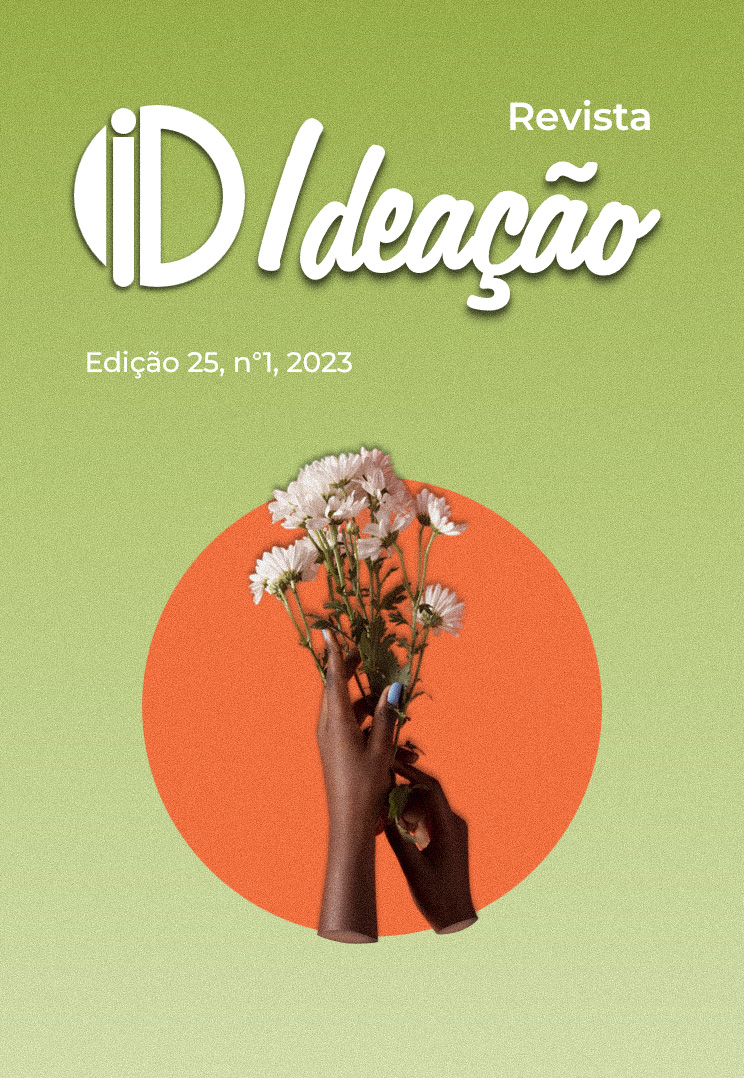Docência e inclusão no ensino superior
‘metamorfoses' nos percursos de um estudante/pesquisador surdo
DOI:
https://doi.org/10.48075/ri.v25i1.29609Palabras clave:
Educação de surdos, Ensino bilíngue, Inclusão, Surdez, LibrasResumen
Analisamos os percursos marcados pelo processo de ‘metamorfose’ (KAFKA, 2001) imposto a um estudante/pesquisador surdo na graduação e na pós-graduação. Apesar das legislações que reconhecem a língua e a cultura da comunidade surda (BRASIL, 2002; 2005; 2015; 2021), a surdez permanece interpretada em nossa sociedade a partir de um viés clínico-terapêutico. Esse entendimento repercute em uma noção estereotipada de superação lançada sobre as pessoas com deficiência que revela o capacitismo presente na sociedade (DI MARCO, 2020). Utilizamo-nos da abordagem qualitativa e das ‘histórias de vida’ (GAULEJAC, 1996) como metodologia investigativa, com a seguinte questão de pesquisa: como o binômio ‘inclusão versus exclusão’ está presente e impacta as trajetórias acadêmicas das pessoas surdas, em meio às contribuições e contradições das legislações que determinam a educação bilíngue? Estudamos o caso de Sílvio, pesquisador surdo da área da educação e linguagem que teve a conclusão de seu mestrado largamente publicizado pela instituição na qual este foi realizado. Enfocamos a (re)construção de sua trajetória acadêmica a partir de uma entrevista realizada em Libras e transcrita para a língua portuguesa e operacionalizamo-nos pela ‘análise do discurso’ (GREEN; BLOOME, 1997) para a construção de categorias analíticas que permitem explicar a influência da visão clínico-terapêutica nas trajetórias escolares acidentadas da comunidade surda. Indicamos a importância da formação de professores proficientes em Libras, do estímulo ao engajamento entre estudantes ouvintes e surdos nas atividades acadêmicas e da promoção de políticas de educação básica pautadas no ensino bilíngue. Esses elementos podem contribuir para que a universidade se torne mais inclusiva e democrática.
Descargas
Publicado
Cómo citar
Número
Sección
Licencia
Derechos de autor 2022 Direitos partilhados conforme licença CC BY-NC-SA 4.0

Esta obra está bajo una licencia internacional Creative Commons Atribución-NoComercial-CompartirIgual 4.0.
Política a respecto de publicaciones periódicas de libre acceso
Los autores que publican en esta revista están de acuerdo con los siguientes términos:
1. Los autores conservan los derechos de autor y conceden a la revista el derecho de primera publicación, y la obra se licencia simultáneamente bajo la Licencia de Atribución de Creative Commons, lo que permite que la obra se comparta con el reconocimiento de la autoría y la publicación inicial en esta revista.
2. Los autores están autorizados a asumir contratos adicionales por separado, para la distribución no exclusiva de la versión de la obra publicada en esta revista (por ejemplo, para publicarla en un depósito institucional o como capítulo de un libro), con reconocimiento de la autoría y la publicación inicial en esta revista.
3. Se permite y alienta a los autores a que publiquen y distribuyan su trabajo en línea (por ejemplo, en repositorios institucionales o en su página personal) en cualquier momento antes o durante el proceso editorial, ya que ello puede generar cambios productivos, así como aumentar el impacto y la citación del trabajo publicado (véase El efecto del acceso abierto).
Licencia Creative Commons
Esta obra está licenciada bajo una Licencia Internacional Creative Commons Reconocimiento-No comercial-CompartirIgual 4.0, que permite compartir, copiar, distribuir, exhibir, reproducir, en su totalidad o en partes, siempre que no tenga un propósito comercial y se citen los autores y la fuente.


